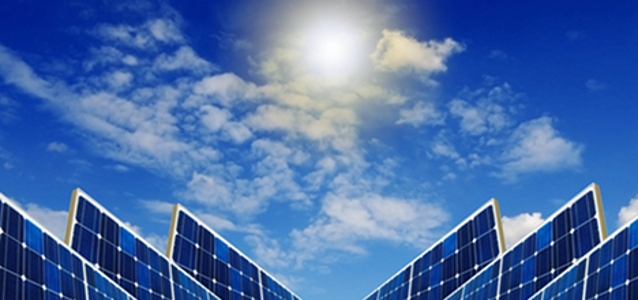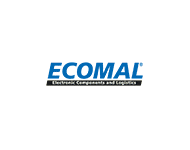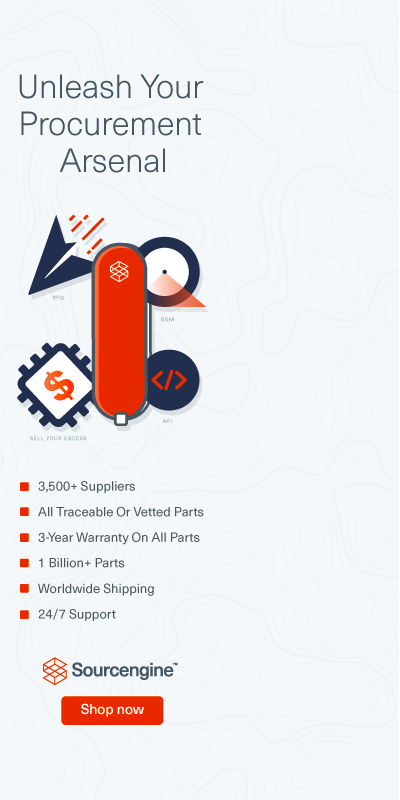
© saniphoto-dreamstime.com
Analysis |
Solar industry capital expenditures set to rebound
The sun is finally rising on the global solar business, with growing demand in developing regions helping to ignite the first increase in industry wide capital spending in three years in 2014.
According to the PV Manufacturing & Capital Spending Tool from IHS, global capital spending by producers of photovoltaic (PV) modules, cells, ingots, wafers and polysilicon is expected to rise by 30 percent in 2014 to reach USD 3.0 billion. This will mark the first time that expenditures have increased since 2011, when they grew 8 percent.
The projected growth will bring to an end a two-year period when spending dropped—by a stunning 72 percent in 2012, and by an anticipated 36 percent this year in 2013. During this period, PV industry capital spending will plunge by a gut-wrenching total of USD 10.6 billion, falling to USD 2.3 billion in 2013, down from USD 12.9 billion in 2011.
Solar industry players engage in capital spending in order to purchase manufacturing equipment and facilities used to produce PV raw materials or products. Spending has fallen in recent years because of massive overcapacity and oversupply, which has sent prices down throughout the supply chain.
However, a sustained increase in capacity from emerging economies is set to spur the 2014 recovery.
“South America, Africa and the Middle East now are leading the world in solar capacity additions—and they also are leading the capital expenditure segment of the PV business out of its slump,” said Jon Campos, solar analyst at IHS. “The overcapacity in PV production mainly has been concentrated in the developed solar regions of the United States, European Union and China. But as demand expands in new areas, PV manufacturers are gaining interest in producing their wares in these regions, resulting in new factory openings and boosting local capital spending.”
Dawn arrives for solar spending in emerging economies
After going up 23 percent in 2013, solar capital spending in emerging economies is expected to rise in the low 40 percent range for every year through 2017. In contrast, following zero growth in 2013, the established markets are expected to shrink by 5 to 10 percent during every year through 2017.
Among all the emerging economies, the largest percentage increase in capacity is occurring in South America, Africa and the Middle East.
Emerging markets account for 7.9 gigawatts (GW) of the world’s total announced capacity for PV materials and products from ingots through modules, with the potential to climb to nearly 11GW by 2017. Capital investments for the foreseeable future will largely remain in the areas of crystalline wafer production, cell and module equipment.
Ending capital punishment
The expected increase in capital spending comes as a welcome and long-anticipated change from the dismal conditions that have plagued the market in recent years. The solar shakeout has peaked and an inevitable return to reinvestment in equipment and technology is due in the near term.
“Our research is showing a return to market equilibrium with regard to supply and demand,” Campos said. “Overcapacity seems to be correcting itself, and from the last few financial announcements, a handful of solar companies have returned to profitability and widened margins. The last piece of the recovery puzzle is capital spending and investment in high-efficiency technology.”
Spending spree
Beyond the rise in demand from emerging countries, other factors are contributing to the recovery in capital spending.
PV suppliers are engaging in new technology upgrades in order to enable higher efficiency and lower dollar-per-watt production costs. Equipment is also critical in allowing PV manufacturers to differentiate their products. Such differentiation can improve profitability and margins.
Current and potential trade conflicts concerning Chinese PV products could drive production to other locations, such as South America, Southeast Asia, Africa and the United States. In particular, U.S. states like Mississippi and Michigan are attractive regions for PV production because they provide cheap electricity and affordable land to manufacturers.






